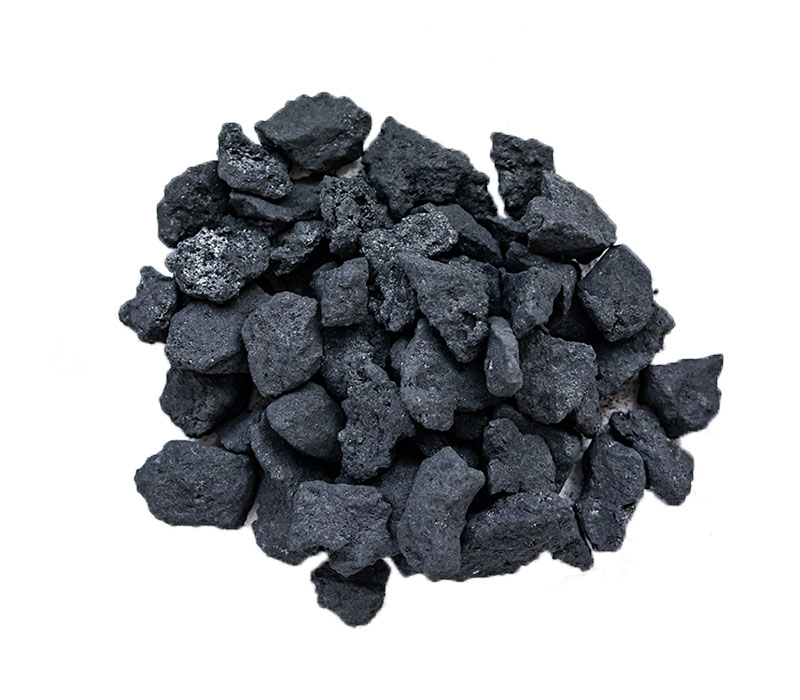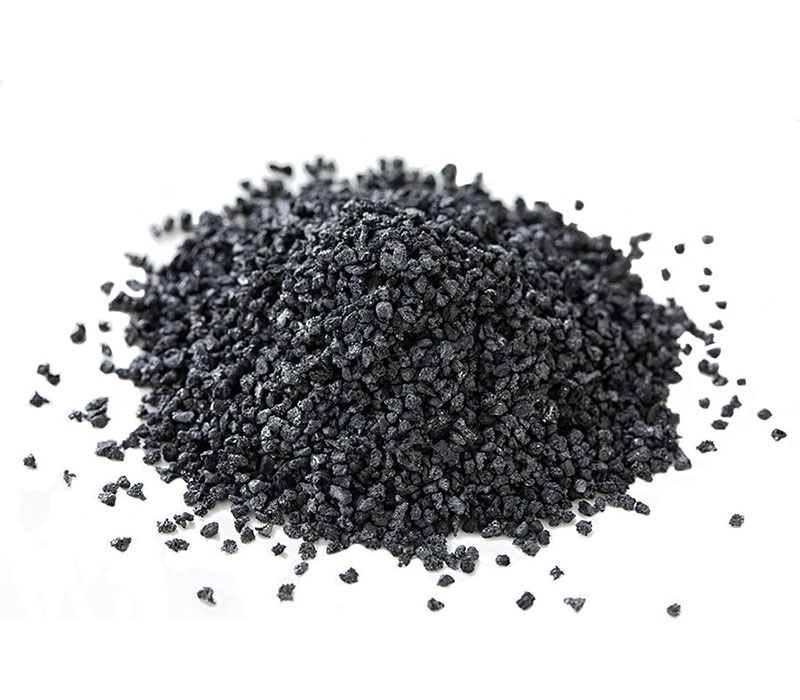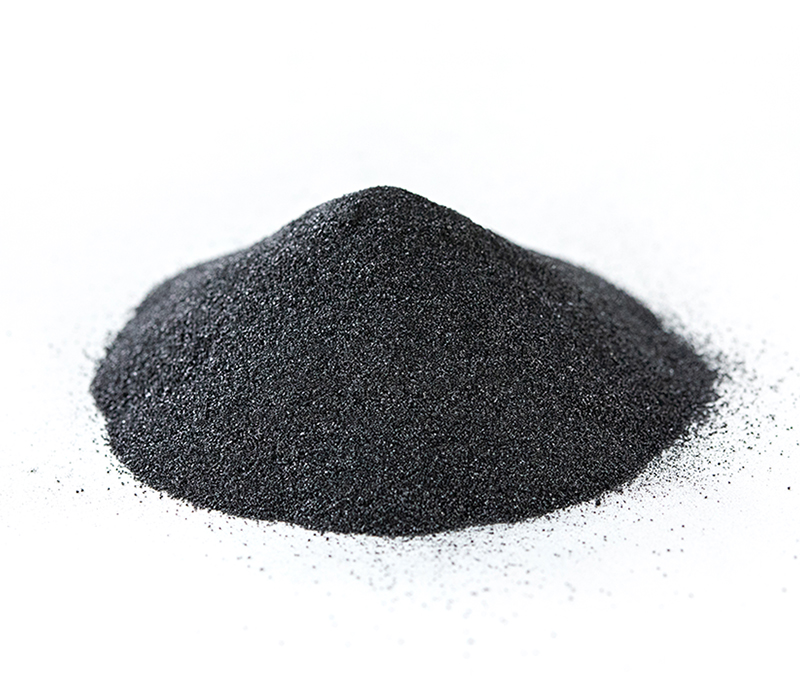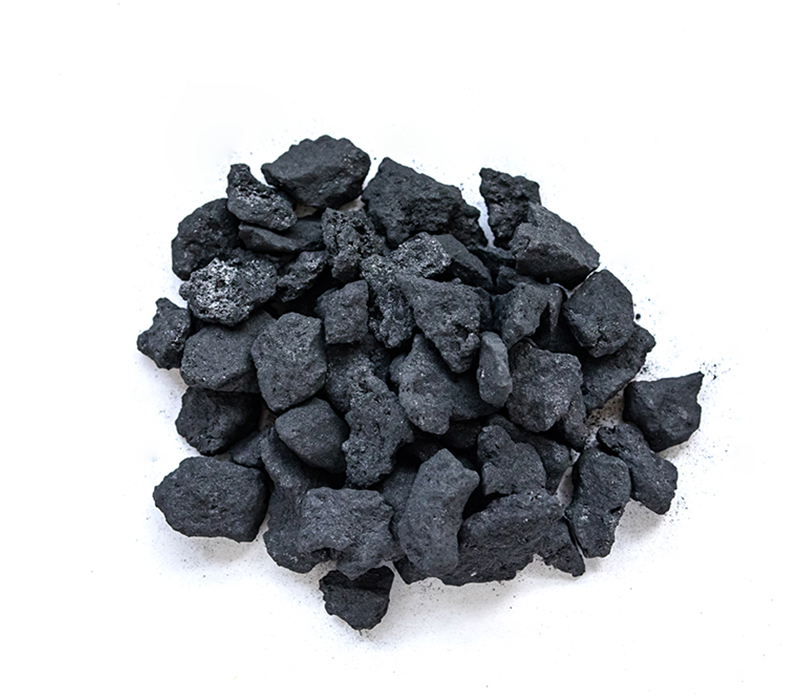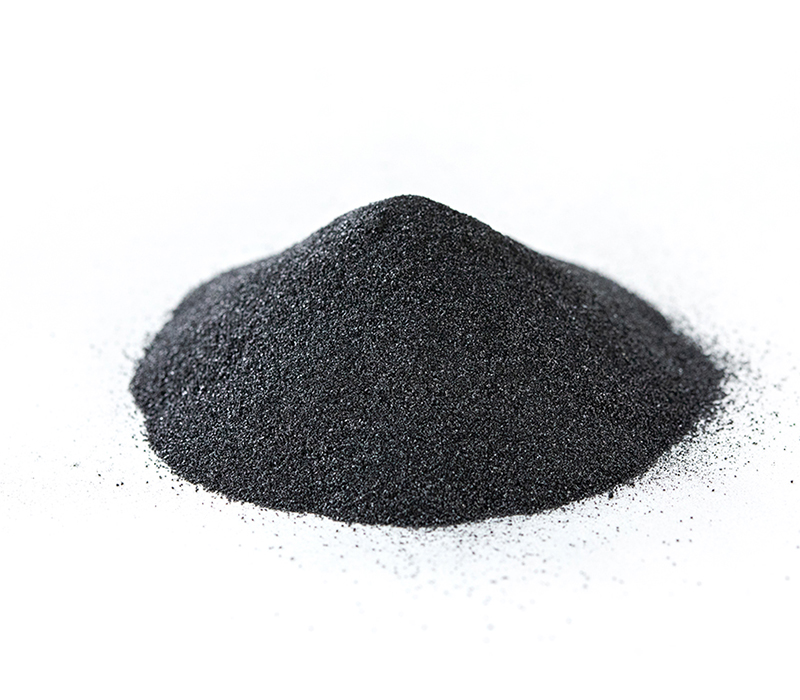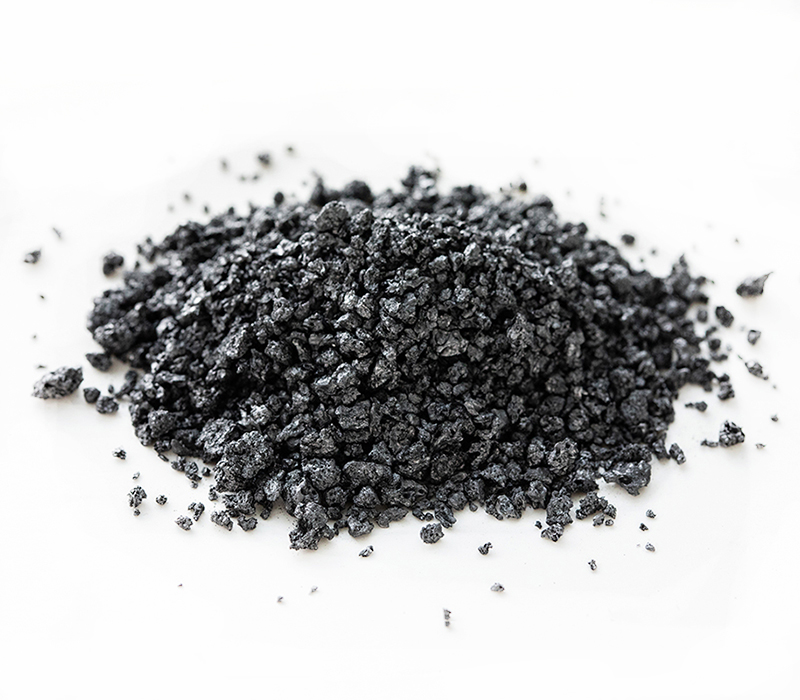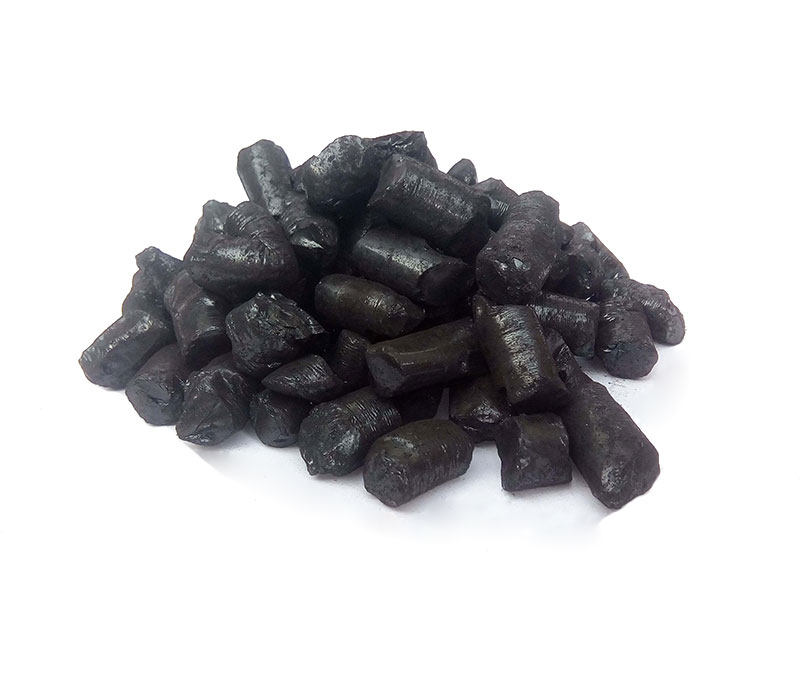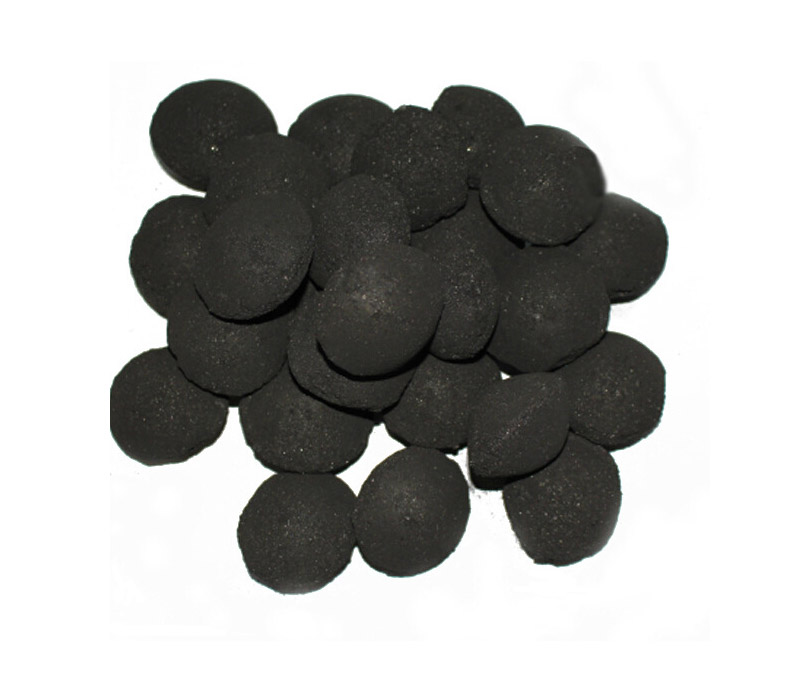Coke is a kind of solid fuel. It is obtained from coal by dry distillation under high temperature conditions of about 1000°C. The main component is fixed carbon, followed by ash, which contains very little volatile matter and sulfur. It is silver gray with metallic luster. Hard and porous. According to different uses, there are three categories of metallurgical coke, foundry coke and chemical coke. According to the size, there are block coke, broken coke and coke debris. Coke output accounts for about 75% of coking products. Coke is mainly used in iron making, and it accounts for about 1/2 to 1/3 of the production cost of pig iron. The blast furnace smelting process is actually the process of reducing iron ore, and coke serves as a reducing agent and a source of heat.
Can also be used as raw materials for the production of water gas, gasification and chemical industry.
-
Metallurgical Coke
1. Metallurgical coke is a general term for blast furnace coke, cast coke, ferroalloy coke and nonferrous metal smelting coke.
2. Metallurgical coke is mainly used in blast furnace ironmaking and ACTS as fuel and reducing agent.
3. Metallurgical coke is the main raw material for the production of various types of carbon block and electrode paste. -
Coke Particles
1. The steel-making agent for electric furnace can shorten the smelting time, reduce the power consumption, increase the productivity, and extend the life of the lining.
2. Carburizing agent for steel making can adjust the carbon content of the steel making end point to make it meet the carbon content requirements of the steel making type.
3. The conductive heat carrier used in the boiling reaction furnace in the chemical industry to prepare important auxiliary materials for sodium hydride. -
Coke Powder
1. The steel-making agent for electric furnace can shorten the smelting time, reduce the power consumption, increase the productivity, and extend the life of the lining.
2. Carburizing agent for steel making can adjust the carbon content of the steel making end point to make it meet the carbon content requirements of the steel making type.
3. The conductive heat carrier used in the boiling reaction furnace in the chemical industry to prepare important auxiliary materials for sodium hydride. -
Semi Coke
Semi coke is fired from high-quality Jurassic fine coals abundant in Shenfu coal field. As a new type of carbon material, it has high fixed carbon, high specific resistance, high chemical activity, low ash content and low aluminum. The characteristics of low sulfur and low phosphorus are widely used in the production of calcium carbide, ferroalloy, ferrosilicon, silicon carbide and other products to gradually replace metallurgical coke, becoming an irreplaceable carbon material.
-
Petroleum Coke
Petroleum coke is the product of crude oil after distillation to separate light and heavy oil, and then the heavy oil is then thermally cracked.
The physical and chemical properties of petroleum coke include ash, sulfur, volatiles, true density, porosity, resistivity, thermal expansion coefficient, and mechanical properties. -
Carburant
In the smelting process of iron and steel products, due to factors such as smelting time, holding time, and overheating time, the smelting loss of carbon in the molten iron increases, resulting in a decrease in the carbon content in the molten iron. As a result, the carbon content in the molten iron does not reach the theoretical value expected for refining. Carbon-containing substances added to make up for the carbon content burned during the steel smelting process.
-
Coal Tar Pitch
In the process of coal tar processing, the residue after the liquid fraction is removed by distillation is called coal tar. Coal tar is the main component of coal tar, accounting for about 50% to 60% of the total. It is generally considered that its main component is polycyclic, Condensed-ring aromatic hydrocarbons and their derivatives, the specific compound composition is very complex, and the difference in raw coal and processing technology will also lead to differences in composition, the current method is mainly based on the softening temperature to distinguish.
-
Coal Briquette
Coal Briquette is pulverized coal as the main raw material, which is produced by mechanical processing and compression molding according to the required ratio, mechanical strength, shape and size of the specific application, and has certain strength, size and shape. It can be used in blast furnace ironmaking, steam locomotive, layer-fired boiler, gas generator, industrial furnace and kiln are divided into the following types: casting, forging, steel rolling heating furnace, inverted flame kiln.
- CONTACT US +86-13526138080 mingshancoke@163.com China Sales Office: R1108, 11TH FLOOR, No.8 BUILDING, HUAQIANG CENTER, ANYANG, CHINA. LONDON OFFICE: RM101, MAPLE HOUSE, 118 HIGH STREET, PURLEY LONDON, ENGLAND, UNITED KINGDOM, CR8 2AD.

- Production Capacity 1. Metallurgical coke (powder) production capacity of 100,000 tons/month 2. Silicon carbide ball processing 6000 tons/month 3. Semi coke production capacity of 5,000 tons/month 4. Ferrosilicon processing capacity of 50,000 tons/month Related Products 1. High Carbon Ferro Silicon 2. Silicon Metal 3. Silicon Metal Powder 4. Silicon Briquette
- GET IN TOUCH
 العربية
العربية Français
Français Español
Español English
English
